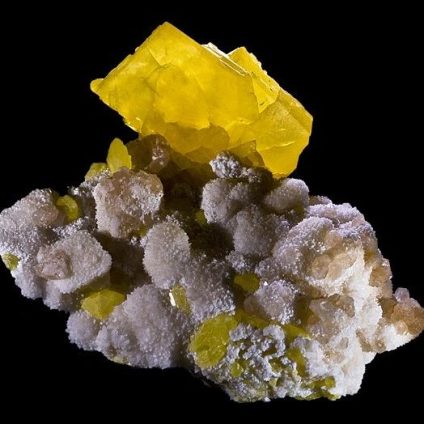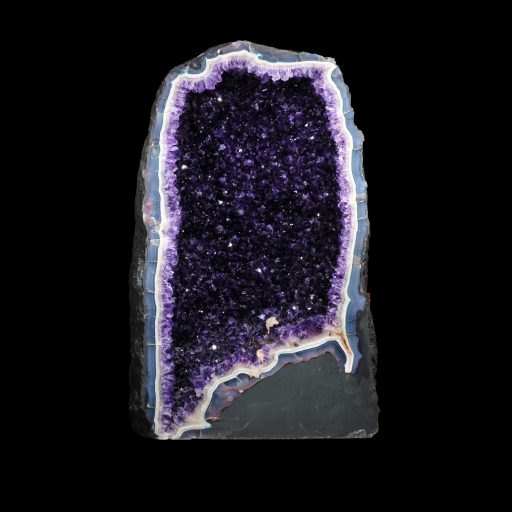A mineral is a naturally occurring substance that forms in the Earth’s crust through geological processes. Minerals are solid and have a specific chemical composition and crystal structure. They can be found in rocks and are composed of elements like oxygen, silicon, calcium, and iron, among others.
One key characteristic of minerals is their crystalline structure, which means their atoms are arranged in a regular, repeating pattern. This structure gives minerals their distinct shapes and physical properties. For example, quartz crystals often have six-sided prisms with pointed ends, while pyrite forms cubic crystals that resemble small golden cubes.
Minerals vary widely in color, hardness, luster (how they reflect light), and other properties. Some are transparent and form gemstones like diamonds and rubies, prized for their beauty and rarity. Others, such as calcite and gypsum, are used in construction materials like cement and drywall.
Geologists classify minerals into groups based on their chemical composition and crystal structure. For instance, silicate minerals, which are the most abundant group, contain silicon and oxygen atoms in their structure. Non-silicate minerals include elements like carbonates (e.g., calcite) and sulfides (e.g., pyrite).
Humans have used minerals throughout history for various purposes, from tools and weapons made from flint (a type of quartz) to modern technology relying on metals like copper and aluminum. Understanding minerals is essential for exploring Earth’s resources, studying geological processes, and developing industries such as mining and manufacturing.

